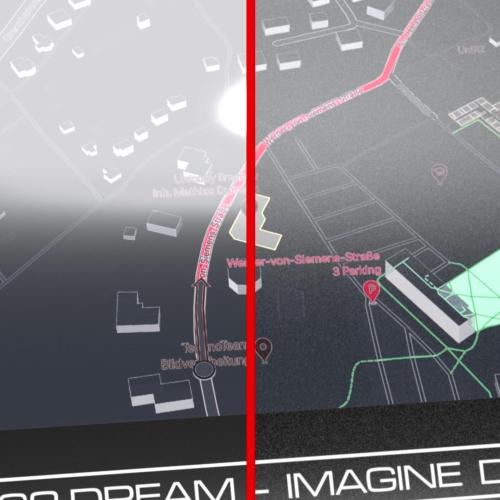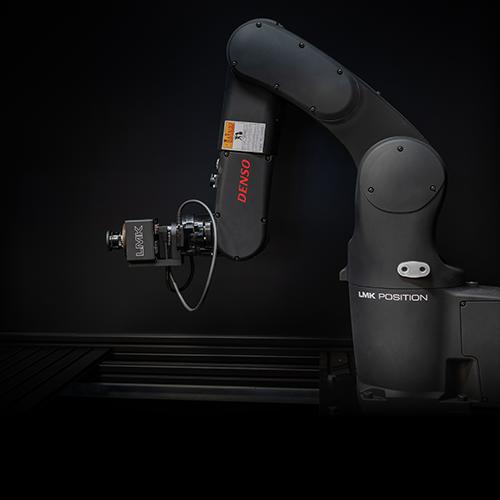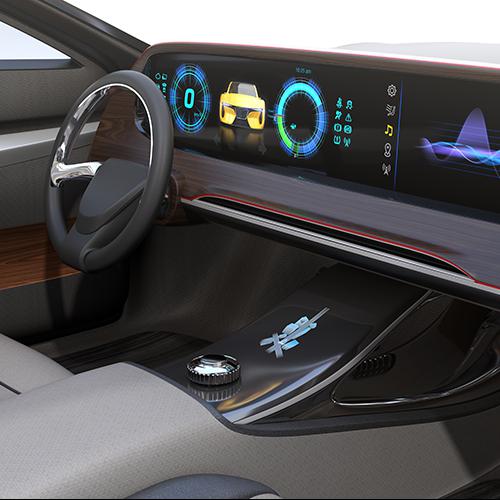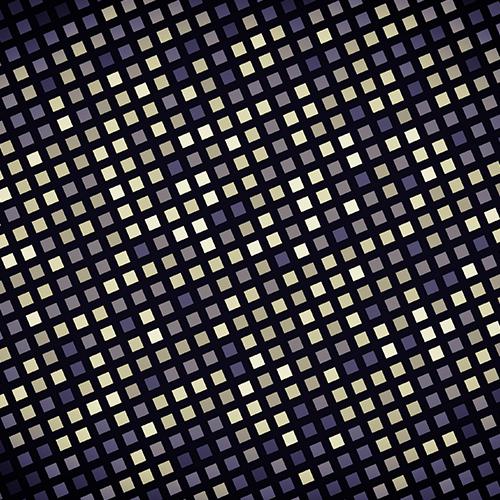Sparkle measurement setup table for different (BlackMURA complaint) LMK systems
LMK Display Sparkle – High-Precision Measurement of Anti-Glare and Sparkle Effects
What is Display Sparkle?
High-frequency visual disturbances such as Display Sparkle or DeepGreyMura impair the perceived uniformity of a display. These can be particularly pronounced with anti-glare coatings (AGL). Together with leading OEMs, TechnoTeam has therefore developed a standardized method for sparkle analysis that is now regarded as an industry benchmark. LMK Sparkle is part of the display package.
Advantages & features at a glance
- IEC 62977-3-9 compliant and integrated into OEM specifications
- Sparkle measurement directly possible at any stage of development
- Full compatibility with all TechnoTeam LMK 5 & LMK 6 luminance cameras (from 16 mm lens)
- Reproducible results thanks to frequency filter & distance focus scan
- Live view & automatic alignment with BlackMURA methodology
READ THE TECHNICAL ARTICLE: MEASURING DISPLAY SPARKLE ACCORDING TO STANDARDS WITH TECHNOTEAM
Would you like to find out more about the precise evaluation of visual fine structures and anti-glare coatings? Then discover our technical article (external link) and its extended version (external link). In it, we present our proven measurement methodology for IEC 62977-3-9-compliant sparkle analysis - developed in close cooperation with leading OEMs and already established as an industry standard.
Measuring principle & procedure
- Selection of the camera/lens combination and initial measuring distance
- Alignment using Live View and BlackMURA method
- Focusing directly on the display pixels (within the moiré area)
- Measurement of a green test image with luminance measurement camera (LMK)
- Automatic correction of unwanted influences (pixel structure, dust, moiré)
- Sparkle value is calculated in % in accordance with standards
Thanks to algorithmic frequency conversion, the results remain stable and comparable even with variable optical magnification.
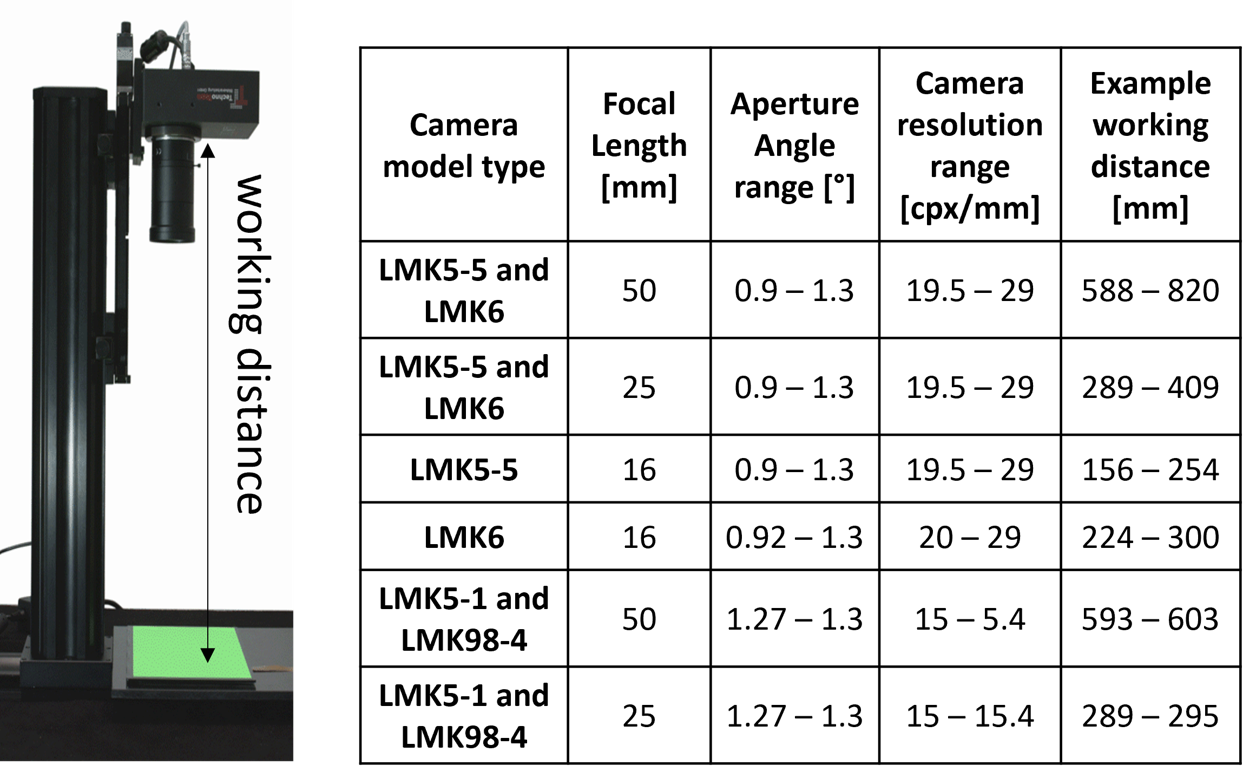
Distance focus scan for optimum image sharpness
A special feature is the distance focus scan developed by TechnoTeam. This automatically determines the point of maximum sparkle sharpness - exactly where the sparkle effect is most strongly perceived by the human eye. This is done either via an optional motorized linear axis or manually. Alternatively, a LMK Position system can be used as well.
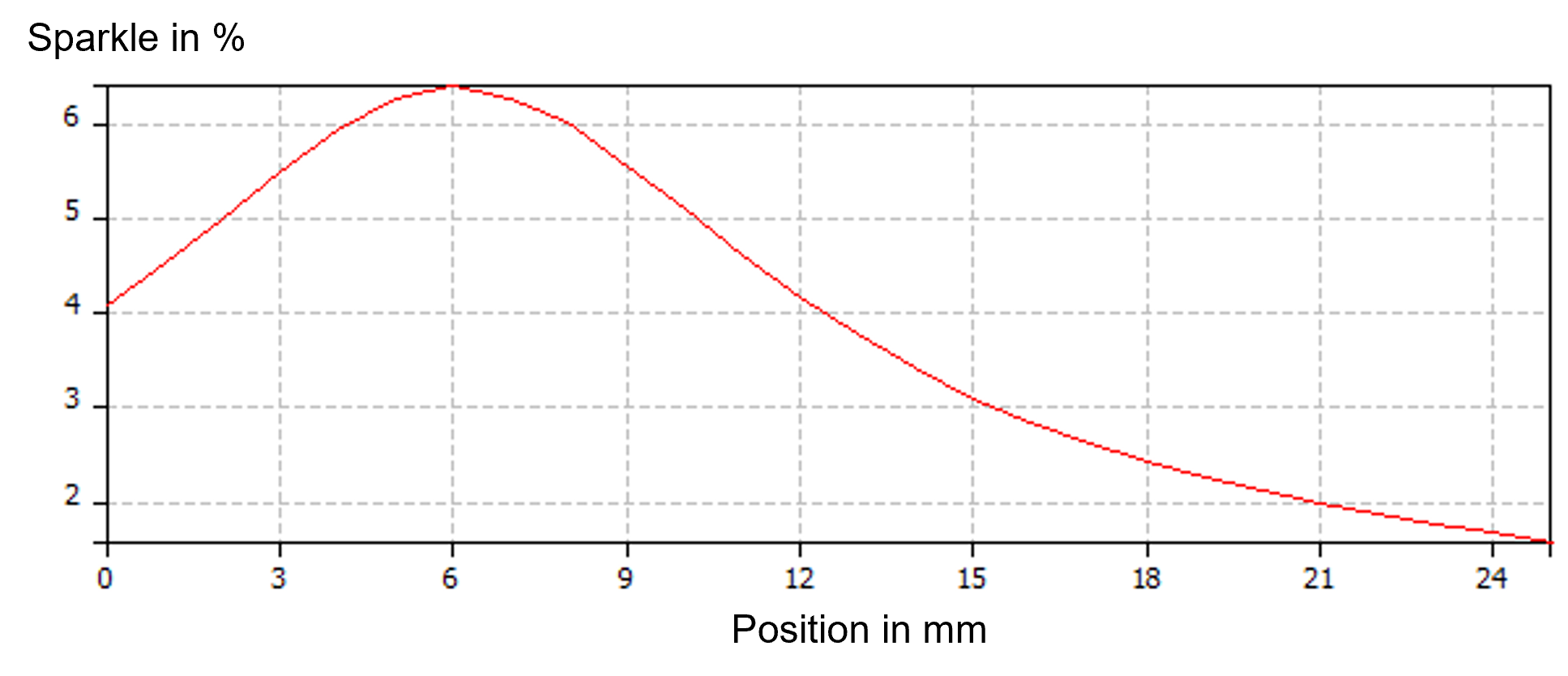
Typical curve of a distance-focus sparkle scan from LabSoft.
RELEVANT PRODUCTS AND APPLICATIONS
Publications
International Display Workshop (IDW 2022)
Journal of the Society for Information Display
International Conference on Display Technology (ICDT 2020)
International Display Workshop (IDW 2021)
- Type:
- Add-On
- Applications:
- Automotive Display
- Measurands:
- Light measurement
- Tasks:
- Development & Industry
